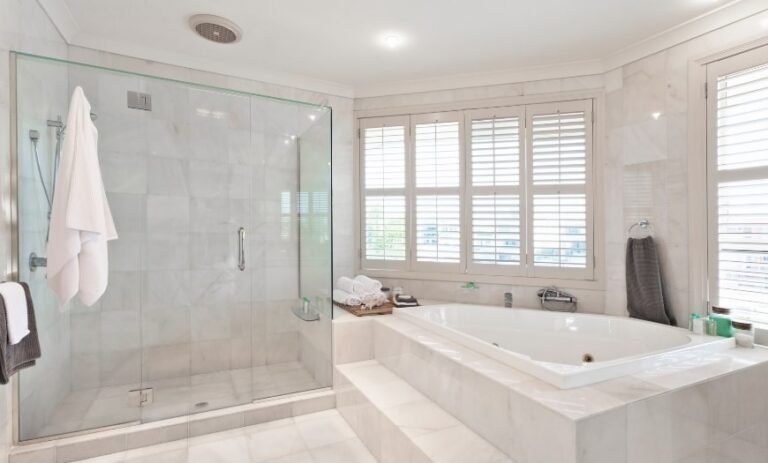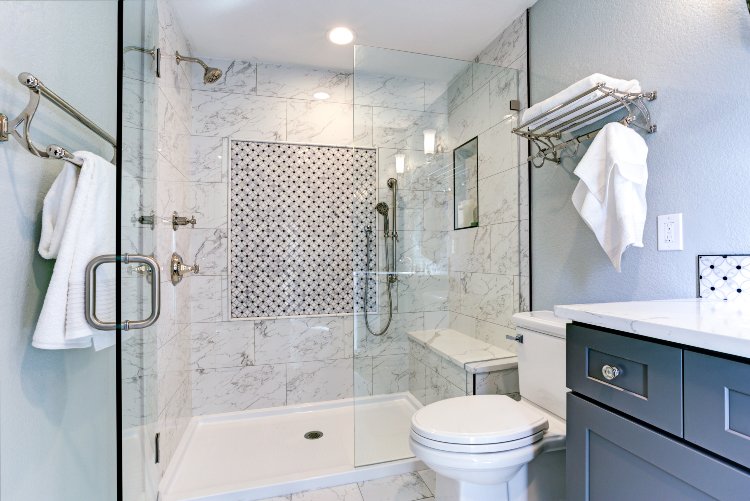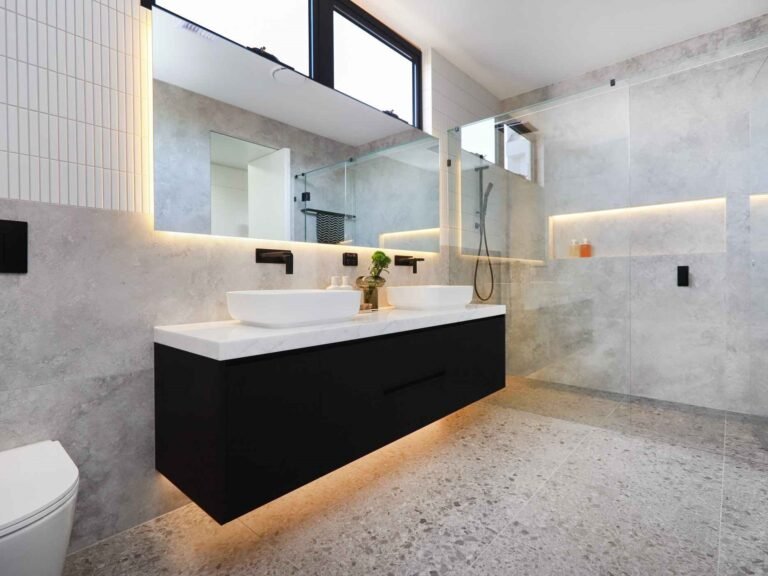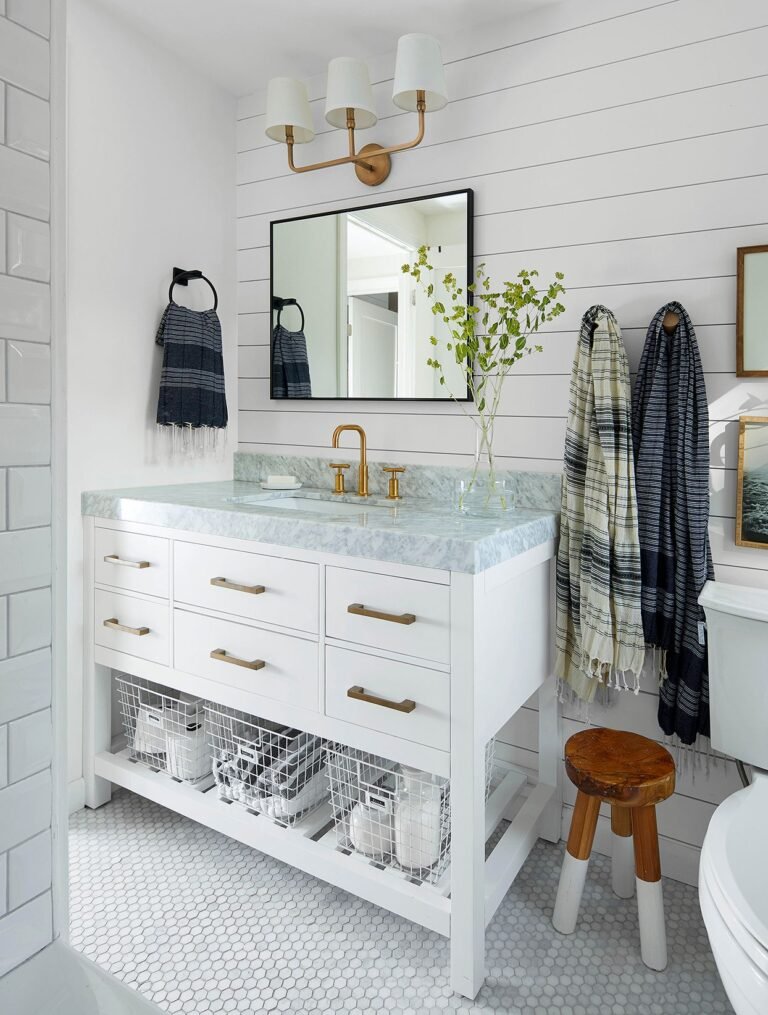How to Choose the Best Bathroom Lighting
Lighting can change the look and feel of a bathroom in an instant. Many people do not give it enough thought, yet it affects daily comfort more than they realize. Good bathroom lighting is not only about style but also about safety and function. In this blog, we will go through everything you need to know about picking the right lights for your bathroom.
Why Bathroom Lighting Matters
Bathrooms are often small spaces, but they serve many purposes. You get ready in front of the mirror, take showers, and sometimes just need a calm place to relax. Bad lighting can make shaving or applying makeup hard, and it can even cause accidents if the room feels too dark. On the other hand, bright and balanced lighting makes the space feel open and welcoming.

Types of Bathroom Lighting
There are a few main types of lighting you will want to think about. Each type has its own role, and the best bathrooms often use a mix of them.
Ambient Lighting
This is the main source of light in the bathroom. It spreads light across the whole room. Ceiling-mounted fixtures or recessed lights are common choices. The goal is even light without harsh shadows.
Task Lighting
Task lights help with detailed work, such as shaving or makeup. These lights usually go near mirrors. Wall-mounted sconces placed on both sides of the mirror often work better than a single light above the mirror.
Accent Lighting
Accent lights are not always needed, but they add style. A strip of LED lights under cabinets or around a mirror can make the room feel more modern. They also create a softer mood when you do not want the bright overhead light on.
Decorative Lighting
This is where you can add personality. A chandelier above a bathtub or a stylish pendant can make the bathroom feel more like a spa. Decorative lighting is about design, but it still has to fit the room’s layout.
Common Mistakes People Make
Many people make the same errors when picking bathroom lights. Here are a few to watch out for:
- Using only one overhead light. This often causes shadows on the face.
- Forgetting dimmers. Sometimes you want bright light, but other times softer light feels better.
- Ignoring safety ratings. Not every light works well in damp places.
- Choosing style over function. A pretty light is useless if it does not brighten the right spots.
How Bright Should Bathroom Lights Be?
The brightness of lights is measured in lumens. A typical bathroom needs between 4,000 to 8,000 lumens, depending on its size. Mirrors and vanities need strong task lighting, usually around 1,500 lumens. Showers need less, but they still benefit from a dedicated light.
Color Temperature Matters
Light comes in different colors, measured in Kelvins (K). Warm light (around 2700K) is soft and cozy. Cool light (4000K and up) feels bright and crisp. For bathrooms, many people choose around 3000K to 3500K, which gives a natural look without being too yellow or too blue.
Placement Tips
Where you put your lights can matter more than the type of fixture. Here are some tips:
- Place sconces at eye level on both sides of a mirror.
- Avoid placing lights only above the mirror, since it causes shadows.
- Put a light inside or above the shower for safety.
- Add dimmers so you can adjust the brightness.
Safety and Ratings
Bathrooms have water and steam, so not every light is safe to use. Look for fixtures rated for damp or wet locations. A wet-rated fixture can go inside a shower, while a damp-rated one works fine outside the shower area. Always check this before buying.
Style and Design Choices
Bathroom lights should match the overall design of the room. If you have a modern bathroom, sleek LED fixtures may fit better. For a classic look, go with sconces in chrome or brass. If you want a spa-like feel, consider a chandelier or pendant light over the tub.
Budget Considerations
Lighting can be cheap or very costly. It depends on the size of the bathroom and the style you choose. Basic recessed lights are affordable, while custom fixtures can be pricey. A good approach is to spend more on the main lights you use daily and less on accent lights.

Energy Efficiency
LED bulbs use less energy and last longer than older types of bulbs. While they cost more up front, they save money in the long run. Many LED lights also allow you to change color temperature, which adds flexibility.
Creating a Lighting Plan
It can help to make a simple plan before buying anything. Think about:
- The size of the bathroom
- The main areas you use (mirror, shower, tub)
- How much natural light you already have
- The mood you want (bright, calm, warm, cool)
Drawing a rough sketch with the fixture placements can prevent costly mistakes.
Balancing Natural Light
If your bathroom has windows or a skylight, that natural light is a bonus. Still, you need artificial lights for night or cloudy days. Try to balance the two so the room feels consistent no matter the time of day.
Smart Lighting Options
Smart bulbs and switches let you change brightness and color with your phone or voice. Some people like this extra control, while others prefer simple switches. If you choose smart lighting, make sure it works with the rest of your home setup.
Trends in Bathroom Lighting
While trends change, some ideas have stayed popular:
- Backlit mirrors for a clean look
- Black matte fixtures for contrast
- Vintage-style bulbs for a classic touch
- LED strips under cabinets for a floating effect
These trends can make the bathroom feel stylish without taking away from function.
Final Thoughts
Bathroom lighting is not just about making the room look good. It affects how you feel and how well you can do daily tasks. The best setup usually mixes ambient, task, and accent lights. With careful placement, safe fixtures, and the right style, your bathroom can be both useful and relaxing.







